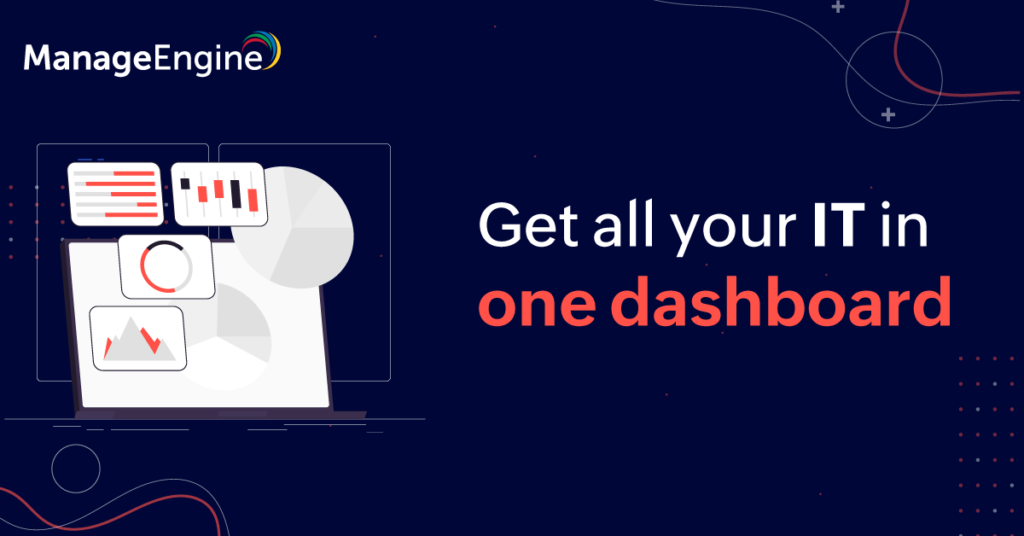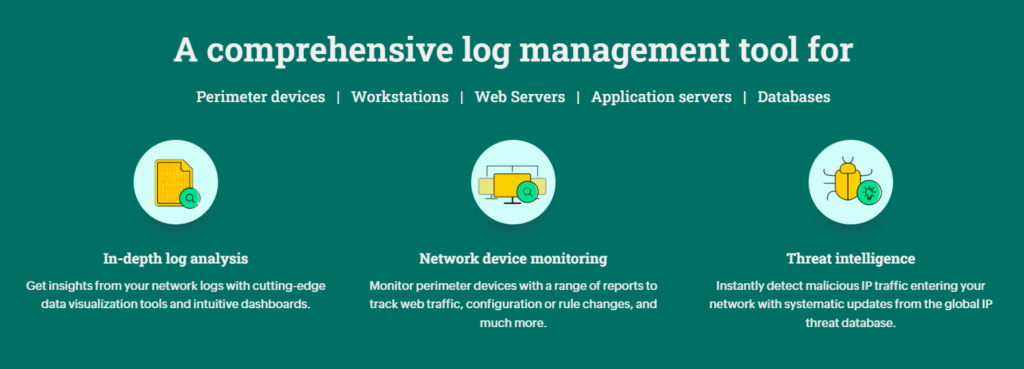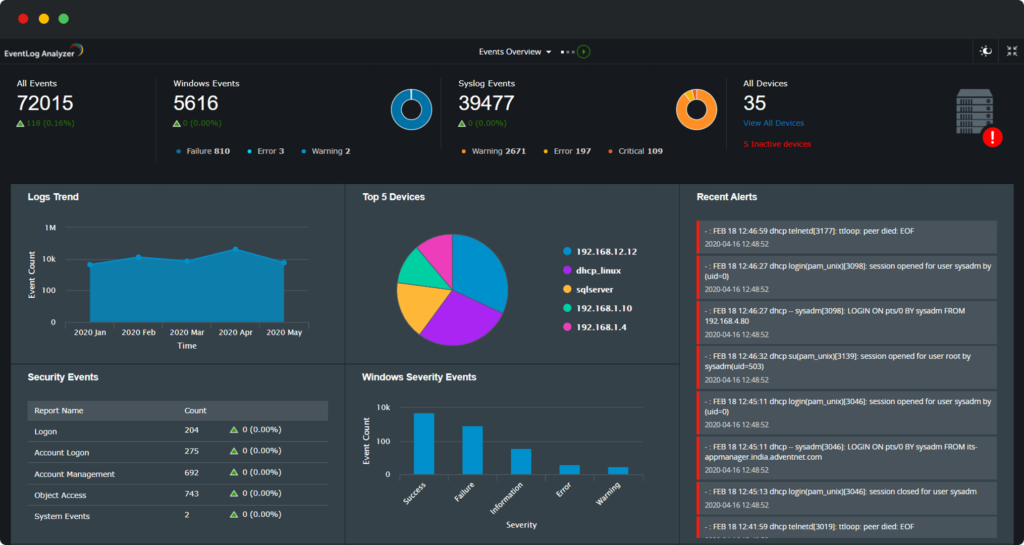Data Loss Prevention (DLP) is an essential segment of modern data security strategies. It helps organizations safeguard their sensitive information from unauthorized access, sharing, or leakage. This article will compare two leading DLP solutions: Forcepoint DLP and ManageEngine Endpoint DLP. We’ll delve into their features, strengths, weaknesses, and use cases to help you make an informed choice for your data protection needs.

Table of Contents
Overview of ForcePoint DLP
Forcepoint DLP is a comprehensive data security solution known for its robust features and capabilities. It offers many tools to monitor, detect, and prevent data breaches. With Forcepoint DLP, you can:
- Monitor Data Activity: Keep a close eye on data movement within your organization, including data at rest, in motion, and in use.
- Real-time Alerts: Receive real-time alerts and notifications about suspicious activities, allowing for immediate action.
- Policy Enforcement: Define and enforce data security policies, specifying what data can or cannot be shared, printed, or transferred.
- Content Discovery: Discover sensitive data across your organization, helping you identify potential vulnerabilities.

ForcePoint DLP Use Cases
Forcepoint DLP suits various industries, including healthcare, finance, and government sectors. It is ideal for organizations looking to protect sensitive customer data, financial information, and intellectual property, but it’s a little complex to use.
Overview of ManageEngine Endpoint DLP
On the other hand, ManageEngine Endpoint DLP is a dedicated endpoint DLP solution designed to protect sensitive data on managed endpoint devices. It excels in the following areas:
- Data Discovery: Use predefined templates or create custom ones to discover all sensitive data on endpoint devices.
- Policy Enforcement: Define precise data access and transfer protocols, ensuring data remains secure.
- Alerts and Remediation: Schedule reports, receive alerts, and get instant remediation options for potential policy violations.

ManageEngine DLP Use Cases
ManageEngine Endpoint DLP is well-suited for organizations of all dimensions, including small and medium-sized businesses (SMBs). It offers robust protection against data breaches and insider threats, known forits simplicity.
Deep Comparative Analysis
ManageEngine DLP
- User-Friendly Interface: ManageEngine Endpoint DLP is known for its user-friendly interface, making it accessible and easy to use for organizations of all sizes, including small and medium-sized businesses (SMBs).
- Affordability: It offers a cost-effective solution, making it an attractive choice for budget-conscious organizations.
- Simplicity: The simplicity of ManageEngine Endpoint DLP makes it an excellent option for those looking for straightforward data protection measures without the complexity of extensive features.
- Versatility: While it may lack some advanced features found in Forcepoint DLP, it still provides robust protection against data breaches and insider threats.
- Ideal for SMBs: ManageEngine Endpoint DLP is well-suited for SMBs and organizations with limited budgets, offering comprehensive data security without breaking the bank.
Forcepoint DLP
- Comprehensive Features: Forcepoint DLP boasts a wide range of features and capabilities, making it suitable for organizations with complex data security requirements.
- Industry Recognition: It is well-recognized in the industry and trusted by organizations worldwide, particularly in sectors where data protection is of paramount importance.
- Complexity: Due to its extensive feature set, Forcepoint DLP can be more complex to set up and manage, making it better suited for larger enterprises with dedicated IT teams.
- Ideal for Complex Environments: Forcepoint DLP shines in complex environments where advanced features and industry recognition are critical, such as healthcare, finance, and government sectors.
Why ManageEngine dlp?
ManageEngine Endpoint DLP offers a compelling data protection solution that stands out for its user-friendliness and affordability. For organizations, especially small and medium-sized businesses (SMBs) with limited budgets, this DLP solution is a game-changer. Not only is it cost-effective, but ManageEngine also offers a 100% free trial for enterprises with fewer than 25 endpoints, allowing you to experience its capabilities without any financial commitment. If you’re looking for a straightforward, budget-friendly, and effective data loss prevention solution, I highly recommend trying out the free trial of ManageEngine Endpoint DLP today.
General knowledge about dlp
Data Loss Prevention Policy Examples
Implementing effective DLP policies is crucial. Here are some data loss prevention policy examples and best practices:
- Email Encryption Policy: Require encryption for sensitive email communications.
- USB Device Control Policy: Restrict or monitor the use of USB devices to prevent data leakage.
- Access Control Policy: Implement strict access controls to limit who can see or modify sensitive data.
- Data Classification Policy: Categorize data based on sensitivity and apply appropriate protection measures.
Data Loss Prevention Certification
Certification in DLP is essential for professionals looking to specialize in data security. Some recognized DLP certifications include:
- Certified Information Systems Security Professional (CISSP): Covers DLP as part of its curriculum.
- Certified Information Systems Auditor (CISA): Includes DLP in its knowledge domains.
Data Loss Prevention Best Practices
When implementing DLP, consider the best practices outlined by the National Institute of Standards and Technology (NIST). These practices include:
- Identifying and Classifying Data: Understand what data is sensitive and classify it accordingly.
- Monitoring and Logging: Continuously monitor data activities and maintain detailed logs.
- Incident Response: Develop a robust incident response plan to address data breaches swiftly.
Recommended DLP Resources
For those looking to deepen their knowledge of DLP, here are some recommended resources:
- Books:
- “Data Loss Prevention For Dummies” by Larry Ponemon and Dwight Koop
- “Data Protection and Information Lifecycle Management” by Tom Petrocelli
- References:
- National Institute of Standards and Technology (NIST) guidelines on DLP.
Conclusion
In conclusion, both Forcepoint DLP and ManageEngine Endpoint DLP offer robust solutions for data loss prevention. The choice between them depends on your organization’s specific needs, budget, and complexity. It’s essential to thoroughly evaluate your requirements before deciding, as selecting the right DLP solution is crucial for safeguarding your sensitive data.
FAQs
What is Data Loss Prevention (DLP)?
- DLP is a set of tools and policies to prevent the unauthorized access, sharing, or leakage of sensitive data.
Why is DLP important for organizations?
- DLP helps organizations protect sensitive customer data, financial information, and intellectual property, reducing the risk of data breaches.
Which industries benefit most from DLP solutions?
- Industries such as healthcare, finance, and government sectors benefit significantly from DLP solutions due to the sensitivity of their data.
What are some common DLP policy examples?
- Common DLP policy examples include email encryption policies, USB device control policies, access control policies, and data classification policies.
What are the key DLP best practices?
- Key DLP best practices include identifying and classifying data, continuous monitoring, and logging, and having a robust incident response plan in place.




